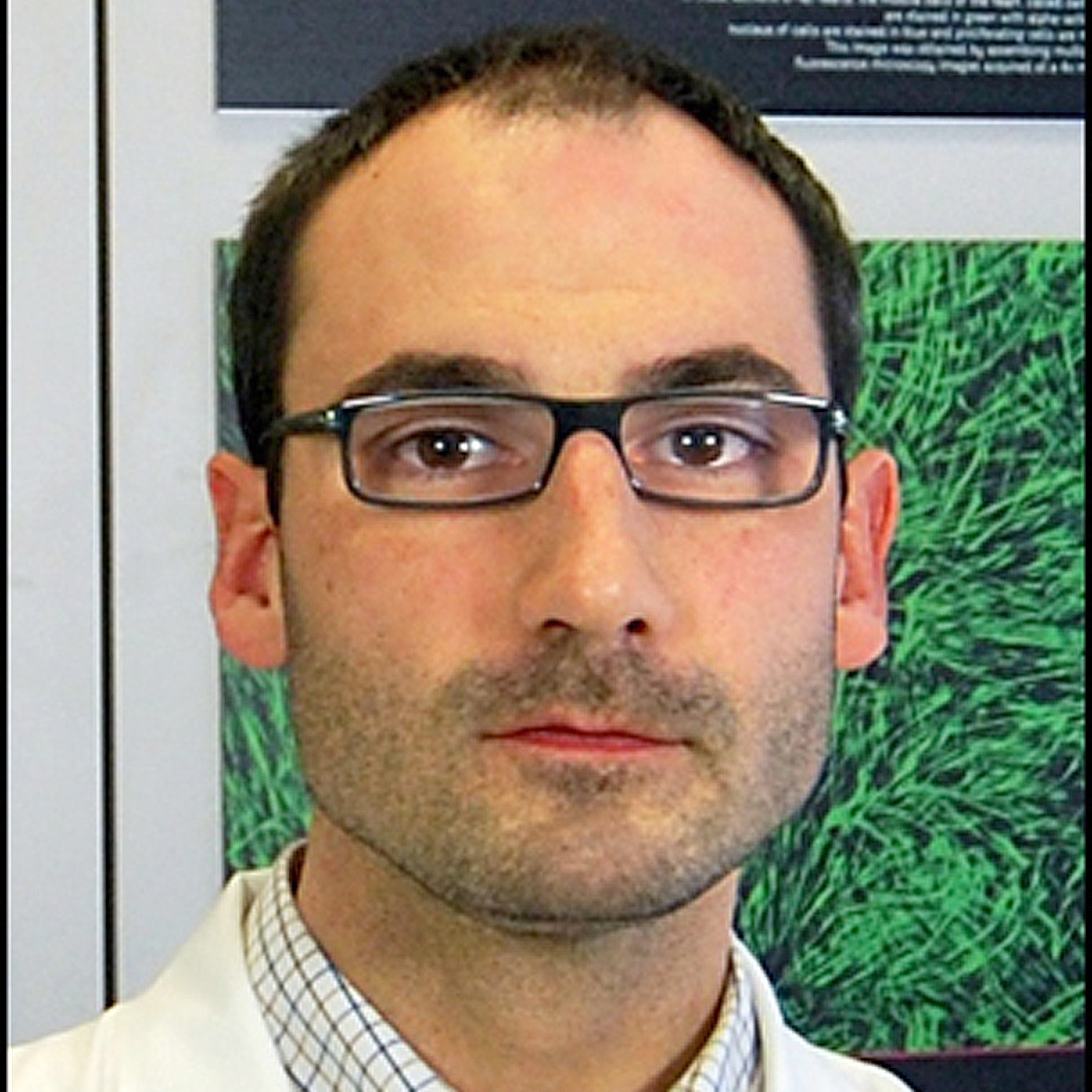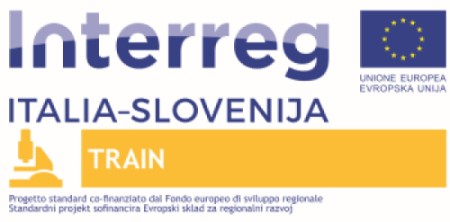Miguel Mano
Group Leader, ‘Functional Genomics and RNA-based Therapeutics’ laboratory,
Center for Neuroscience and Cell Biology, University of Coimbra, Coimbra, Portugal

Biography: Miguel Mano is Group Leader of the ‘Functional Genomics and RNA-based Therapeutics’ laboratory at the Center for Neuroscience and Cell Biology of the University of Coimbra (Portugal). He has an extensive expertise in high-throughput and high-content screening approaches (RNAi, microRNA, CRISPR, small compounds), using a wide range of cell-based assays and focusing on different biological questions. He leads a multidisciplinary research group focusing on two main areas: i) the identification and molecular characterization of novel cellular factors relevant to cardiac fibrosis, cardiac repair and regeneration, and the translation of this knowledge into effective RNA-based therapeutic strategies, and ii) the development of high-throughput and high-content screening technologies genome-wide RNAi, CRISPR and microRNA libraries.
Exploring high‐content screening as a functional genomics tool in biomedicine
High-content phenotypic screening, encompassing both drug and genomic screenings, constitute an invaluable research and discovery tool, which has been extensively explored by the industry and academia for various aims, including target discovery and validation, drug discovery and development, drug repurposing/repositioning, and mechanistic studies.
In particular the application of functional genomic screenings using genome-wide RNAi, CRISPR and microRNA libraries in complex cell-based assays offers a unique opportunity to systematically probe the function of classical drug targets as well as of otherwise undruggable targets, enabling the investigation of molecular networks underlying complex biological and disease-relevant processes.
Through the application of large-scale image-based screening approaches, we have been identifying and characterizing novel cellular factors (proteins and microRNAs) and drugs implicated in different biological contexts and pathologies, including cardiovascular disorders, infection and tumorigenesis. Overall, these studies have uncovered unexpected molecular players and pathways, revealing novel opportunities for therapeutic intervention.
